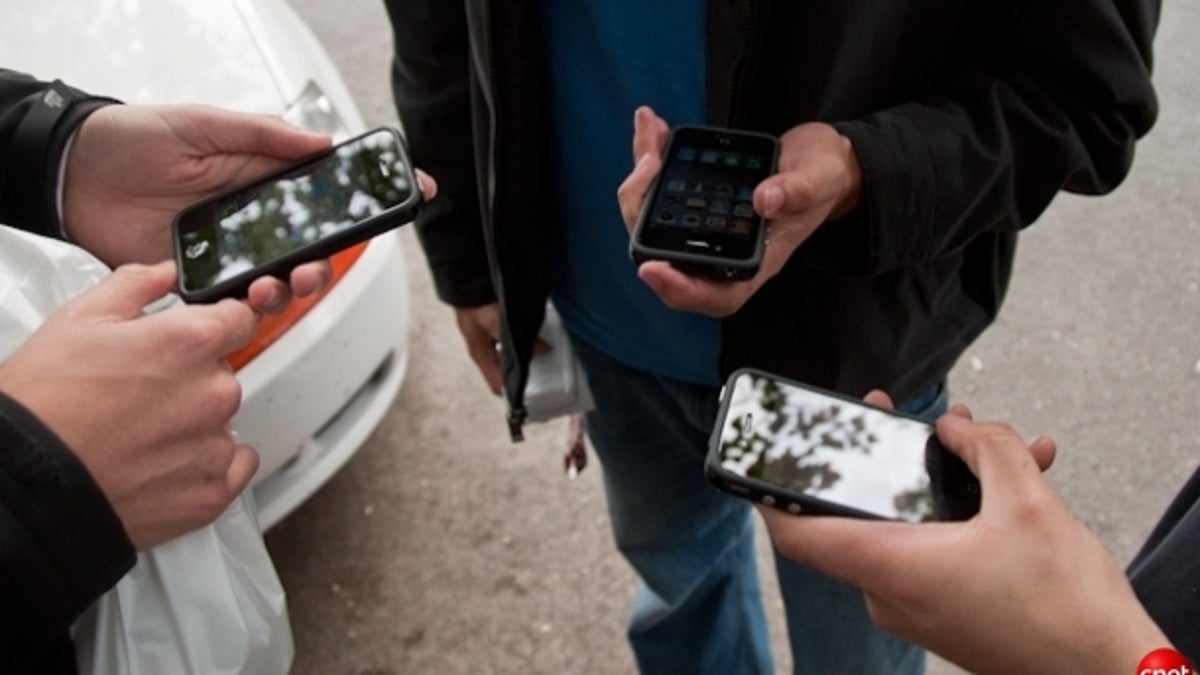Steve Jobs wanted to 'replace' carriers using Wi-Fi spectrum
Apple's iPhone is well-known for breaking some traditional barriers with wireless companies, but the company might have taken it one step further by offering its own wireless service, according to a report from IDG.

Apple might have launched the iPhone without the help of carriers if Steve Jobs & Co. had found a wireless workaround.
IDG today reported that Jobs apparently spent the better part of two years leading up to the release of the company's first iPhone trying to figure out how to turn Wi-Fi spectrum into a network that users could make phone calls on, as opposed to relying on carriers to get the job done.
Jobs "wanted to replace carriers," said John Stanton, the chairman of venture capital firm Trilogy Partners, during the Law Seminars International event held in Seattle yesterday. "He and I spent a lot of time talking about whether synthetically you could create a carrier using Wi-Fi spectrum. That was part of his vision."
Of course what happened instead was that Apple made an exclusive deal with AT&T in the U.S., and other carriers around the world, to offer the company's device, even going so far as to work out special technology pacts to give users access to features like visual voice mail.
According to Stanton, Jobs gave up on the idea of turning that spectrum into something more sometime in 2007. Since then, Apple has expanded its deals with other carriers, including Sprint, Verizon, and C Spire Wireless in the U.S.
But in hindsight that original vision is still relevant, especially given Apple's moves into spaces once occupied by carriers. With the iPhone, that ended up including the App Store, a business that had previously been something carriers controlled. From what software was available to handling the billing, Apple took such things over with its App Store. More recently it's been the implementation of iMessage, a feature included in iOS 5 that lets iOS users send messages to one another for free, versus using a paid messaging plan from their carrier.
Despite whatever concessions have been made by carriers, Apple's had to make some of its own in the process, including limiting the size of applications that can be downloaded over the air, not offering FaceTime chat on its newer iPhones and the iPad 2 over 3G, as well as scaling down the quality of YouTube videos.
Earlier this year, Jean-Louis Gassée, the former head of Apple France who later went on to run Apple's products division in the mid 1980s, suggested that Apple buy a carrier outright with its growing cash pile, in part to get around some of those hurdles.

